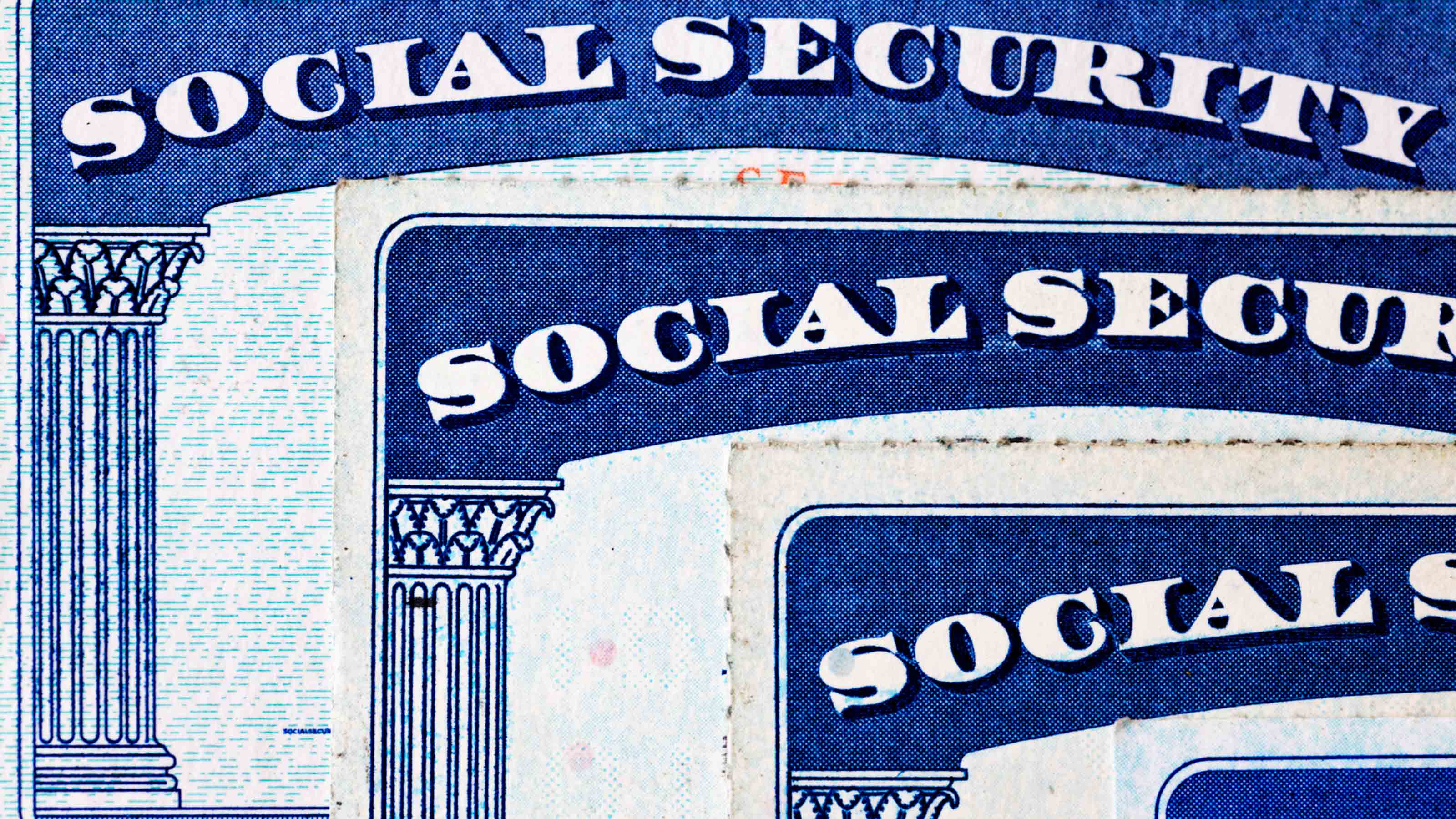
Under a new rule, the Social Security Administration is set to update the Supplemental Security Income (SSI) program to expand access to benefits. Primarily, the administration is set to change the definition of a “public assistance household” when determining who receives benefits in order to include households receiving Supplemental Nutrition Assistance Program (SNAP), as well as households where not all members currently receive public assistance. Doing so will allow potentially millions more people to qualify for SSI and could increase SSI payment amounts for recipients.
“I’m committed to making systemic changes to help people access the critical benefits they need, including SSI,” said Martin O’Malley, commissioner of Social Security, in a statement. “By simplifying our policies and including an additional program geared towards low-income families, such as the SNAP, we are removing significant barriers to accessing SSI. These changes promote greater equity in our programs.”
How SSI works
Supplemental Security Income (SSI) provides monthly payments for those with little to no income or resources, individuals who are disabled or adults aged 65 and older. These are the requirements set forth by the Social Security Administration:
- Generally, SSI is for individuals who don't earn more than $1,971 from work each month.
- Your resources should be no more than $2,000 for individuals or $3,000 for couples. (If you’re a parent applying for a child, these numbers increase by $2,000.)
- For those younger than 64, you must have a disability that affects your ability to work for a year or more, will result in death, or severely limits daily activity (for children with disabilities). You must also prove you earn less than $1,550 per month in the month you’re applying.
- You're aged 65 or older.
The definition of a "public assistance" household is changing
Notably, the new rule — which takes effect beginning September 30, 2024 — changes the definition of a public assistance (PA) household to one that has both an SSI applicant or recipient and at least one other household member who receives one or more of the listed means-tested public income-maintenance (PIM) payments. This is a change from the previous rule, which required all members of a household to receive public assistance for the home to qualify as a PA household.
The official document states: "We expect this rule to decrease the amount of income we would deem to SSI applicants and recipients because we will no longer deem as income from ineligible spouses and parents who live in the same household: the value of the SNAP benefits that they receive; any income that was counted or excluded in figuring the amount of that payment; or any income that was used to determine the amount of SNAP benefits to someone else."
Since 1980, SNAP has been the first PIM benefit to be added to the agency's PA household definition. On average, 41.2 million people in 21.6 million households received monthly SNAP benefits in the 2022 fiscal year, and around 7.5 million people received SSI payments in December 2022. The new changes will allow millions of Americans to benefit from SSI payments and reduce the administrative burden for low-income households.
Related Content
- Social Security Basics: 12 Things You Must Know About Claiming and Maximizing Your Social Security Benefits
- Latest Social Security COLA Forecast a Setback for Retirees
- How to Estimate Your Social Security Benefits in Six Steps
- Kiplinger Inflation Outlook: Strong March Report Will Put the Fed on Pause







